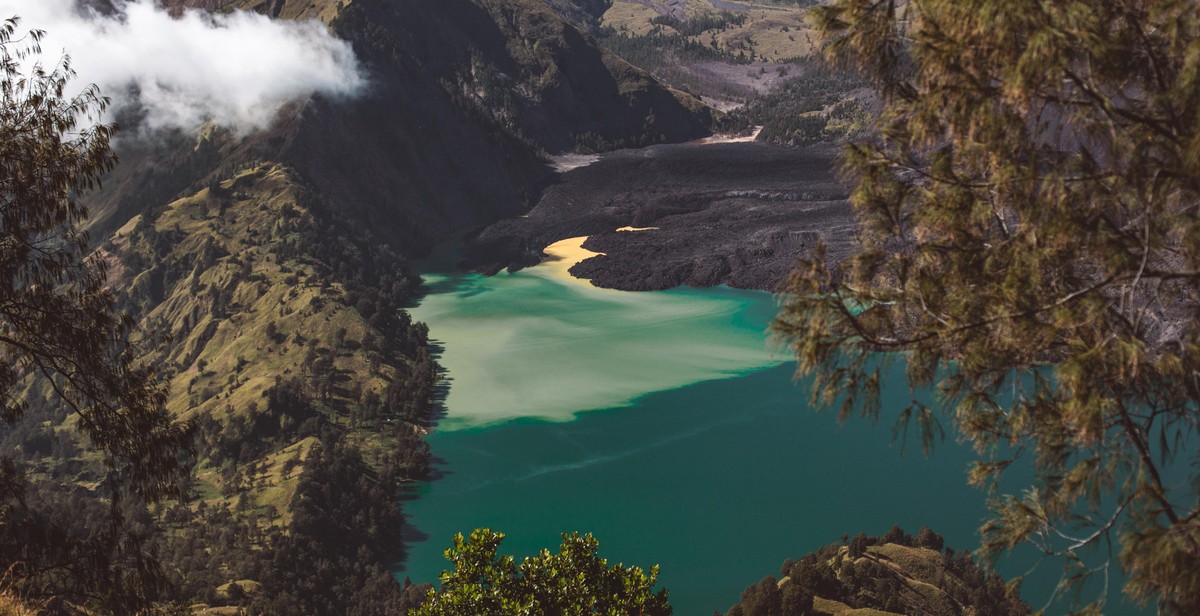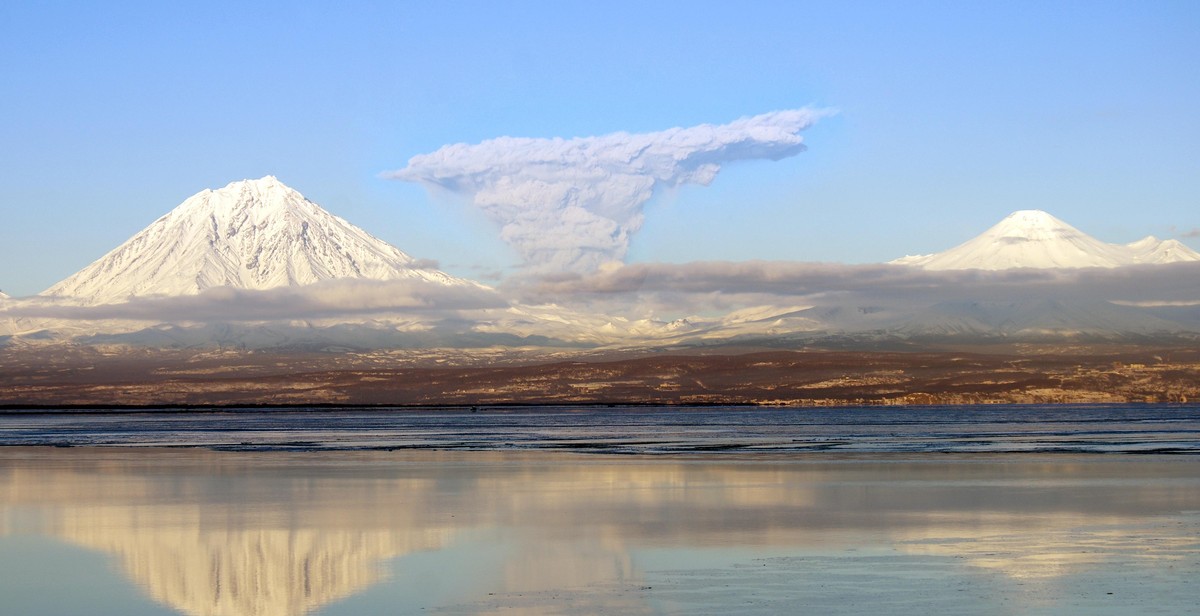How to Conduct Volcanic Ash Cleanup: Removing Ash Residue from Indoor and Outdoor Spaces
Volcanic eruptions can be catastrophic, causing massive destruction to the environment and posing serious health risks to people living nearby. One of the most significant issues that arise after a volcanic eruption is the cleanup process. Volcanic ash can spread far and wide, causing damage to homes, cars, businesses, and other structures. Cleaning up volcanic ash can be a daunting task, especially if you don’t have the right tools and equipment.
What is Volcanic Ash?
Volcanic ash is a mixture of rock, mineral, and glass particles that are ejected from a volcanic eruption. It can travel hundreds or even thousands of miles away from the eruption site, and can cause significant damage to everything in its path. Volcanic ash is very fine and can easily penetrate buildings, homes, and other structures, causing respiratory problems and other health issues.
When volcanic ash settles on surfaces, it can be challenging to remove. The fine particles can easily get into cracks and crevices, making it difficult to clean. If not cleaned properly, volcanic ash can cause long-term damage to buildings and other structures.
Why is it Important to Clean Up Volcanic Ash?
It is essential to clean up volcanic ash as soon as possible after an eruption. The ash can cause respiratory problems, eye irritation, and other health issues. It can also damage crops and contaminate water sources, making it difficult for people to access clean drinking water. Additionally, volcanic ash can cause structural damage to buildings and other structures, reducing their lifespan and value.
In the next sections, we will discuss how to conduct volcanic ash cleanup, including removing ash residue from indoor and outdoor spaces.

Impacts of Volcanic Ash
Health Risks Associated with Volcanic Ash
Volcanic ash contains a variety of hazardous materials that can pose serious health risks to both humans and animals. The inhalation of fine ash particles can cause respiratory problems such as asthma, bronchitis, and other lung diseases. Additionally, volcanic ash may contain toxic gases such as sulfur dioxide, which can cause eye and skin irritation, as well as respiratory problems.
People with pre-existing respiratory conditions, such as asthma or chronic obstructive pulmonary disease (COPD), are particularly vulnerable to the health risks associated with volcanic ash exposure. It is important to take precautionary measures to avoid exposure to volcanic ash, especially during cleanup processes.
Environmental Impacts of Volcanic Ash
Volcanic ash can also have severe environmental impacts, affecting both terrestrial and aquatic ecosystems. The deposition of volcanic ash can lead to soil erosion, which can have long-term effects on soil fertility and plant growth. Additionally, the ash can clog waterways and affect aquatic life, leading to fish kills and other negative impacts on aquatic ecosystems.
Volcanic ash can also have an impact on climate change. The release of gases such as carbon dioxide and sulfur dioxide during volcanic eruptions can contribute to global warming and climate change. The ash particles can also reflect sunlight, leading to cooling effects on the earth’s surface.
- Soil erosion
- Plant growth disruption
- Aquatic life disruption
- Climate change
It is important to properly clean up and dispose of volcanic ash to minimize these environmental impacts. This can be achieved through proper disposal methods and re-vegetation efforts in affected areas.

Removing Volcanic Ash from Indoor Spaces
Volcanic ash can be a real nuisance when it comes to cleaning indoor spaces. It is important to take the necessary precautions to avoid any respiratory problems or skin irritation. Here are some steps you can take to remove volcanic ash from indoor spaces:
Preparation
Prior to starting the cleaning process, make sure to wear protective gear such as a mask, gloves, and long-sleeved clothing. It is also important to turn off any air conditioning or heating systems to prevent the ash from circulating throughout the house. Open windows and doors to allow for proper ventilation.
Cleaning Procedures
Start by using a dry cloth or vacuum cleaner to remove as much ash as possible from surfaces such as furniture, floors, and walls. Be sure to avoid using water as it can create a muddy mess. Use a damp cloth or mop to wipe down surfaces after the initial dry cleaning. If there is still ash residue, use a mild detergent and warm water to clean surfaces. Rinse thoroughly and dry with a clean cloth.
For carpets and upholstery, use a vacuum cleaner with a HEPA filter to remove any ash residue. If there is still ash present, use a carpet cleaner or upholstery cleaner to deep clean the affected areas. Be sure to follow the manufacturer’s instructions and test a small area first.
Air Filtration
After cleaning, it is important to improve the indoor air quality by using air filtration devices such as air purifiers or air scrubbers. These devices can help remove any remaining ash particles from the air, making it safe to breathe. Be sure to change the filters regularly to maintain their effectiveness.
Overall, removing volcanic ash from indoor spaces can be a time-consuming process, but it is important to ensure the safety and health of those living in the affected areas. By taking the necessary precautions and following the cleaning procedures, you can successfully remove ash residue and improve indoor air quality.

Removing Volcanic Ash from Outdoor Spaces
Volcanic ash can be a real menace when it comes to outdoor spaces. It can cause damage to plants, furniture, and even the structure of your property. Therefore, it is vital to remove it as soon as possible. Here are some essential tips to help you get started:
Preparation
Before you begin cleaning, ensure that you have the right equipment and protective gear. You will need a broom, a dustpan, a hosepipe, and a pressure washer. Additionally, wear a mask, goggles, and gloves to protect yourself from inhaling the ash or getting it into your eyes or skin.
Cleaning Procedures
Start by sweeping the ash off the surfaces using the broom. Be careful not to scratch or damage the surfaces. Once you have swept the ash into a pile, use the dustpan to collect it and dispose of it appropriately. You can also use a leaf blower to blow away the ash if you have one.
After sweeping, use a hosepipe to wet the surfaces. This will help to prevent the ash from flying around and reduce the risk of inhaling it. Once the surfaces are wet, use a pressure washer to clean them thoroughly. Be careful not to use too much pressure as this can damage delicate surfaces.
If you have outdoor furniture, clean it using a mild detergent and warm water. Rinse it thoroughly, and allow it to dry in the sun before using it again. If the ash has caused any damage to your plants, remove the affected parts and dispose of them appropriately.
Disposal of Ash
It is essential to dispose of the ash safely and appropriately. Do not dump it in the trash bin or pour it down the drain as it can clog the pipes. Instead, collect the ash in a plastic bag and seal it tightly. Label the bag appropriately, and dispose of it in a designated area for hazardous waste.
In conclusion, removing volcanic ash from outdoor spaces can be a daunting task, but with the right equipment and protective gear, it can be done efficiently. Remember to clean the surfaces thoroughly and dispose of the ash safely and appropriately.

Conclusion: Stay Safe During Volcanic Ash Cleanup
Volcanic ash can cause significant damage to both indoor and outdoor spaces, and its removal requires careful planning and execution. By following the steps outlined in this guide, you can ensure that your cleanup efforts are effective and safe.
Key Takeaways:
- Always wear protective gear, including a mask, goggles, and gloves, when cleaning up volcanic ash.
- Start by removing loose ash with a broom or vacuum, taking care not to stir up the ash and create more dust.
- Use a wet cloth or mop to clean surfaces, and avoid using dry cleaning methods, which can stir up ash and create more dust.
- Dispose of ash and cleaning materials properly, following local guidelines and regulations.
- Consider hiring a professional cleaning service if the cleanup is extensive or if you have health concerns.
Remember, safety should always be your top priority when conducting volcanic ash cleanup. Take the necessary precautions to protect yourself and others from the harmful effects of ash and dust. With careful planning and execution, you can effectively clean up ash residue and restore your indoor and outdoor spaces to their pre-eruption state.
